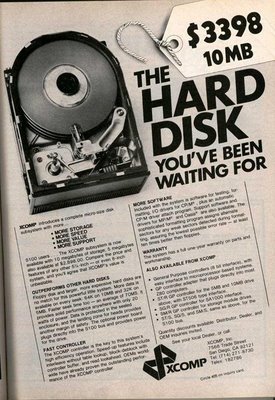Announcing eDiscovery Thought Leader Q&A Series!

eDiscovery Daily is excited to announce a new blog series of Q&A interviews with various eDiscovery thought leaders. Over the next three weeks, we will publish interviews conducted with six individuals with unique and informative perspectives on various eDiscovery topics. Mark your calendars for these industry experts!
Christine Musil is Director of Marketing for Informative Graphics Corporation, a viewing, annotation and content management software company based in Arizona. Christine will be discussing issues associated with native redaction and redaction of Adobe PDF files. Her interview will be published this Thursday, October 14.
Jim McGann is Vice President of Information Discovery for Index Engines. Jim has extensive experience with the eDiscovery and Information Management. Jim will be discussing issues associated with tape backup and retrieval. His interview will be published this Friday, October 15.
Alon Israely is a Senior Advisor in BIA’s Advisory Services group and currently oversees BIA’s product development for its core technology products. Alon will be discussing best practices associated with “left side of the EDRM model” processes such as preservation and collection. His interview will be published next Thursday, October 21.
Chris Jurkiewicz is Co-Founder of Venio Systems, which provides Venio FPR™ allowing legal teams to analyze data, provide an early case assessment and a first pass review of any size data set. Chris will be discussing current trends associated with early case assessment and first pass review tools. His interview will be published next Friday, October 22.
Kirke Snyder is Owner of Legal Information Consultants, a consulting firm specializing in eDiscovery Process Audits to help organizations lower the risk and cost of e-discovery. Kirke will be discussing best practices associated with records and information management. His interview will be published on Monday, October 25.
Brad Jenkins is President and CEO for Trial Solutions, which is an electronic discovery software and services company that assists litigators in the collection, processing and review of electronic information. Brad will be discussing trends associated with SaaS eDiscovery solutions. His interview will be published on Tuesday, October 26.
We thank all of our guests for participating!
So, what do you think? Is there someone you would like to see interviewed for the blog? Are you an industry expert with some information to share from your “soapbox”? If so, please share any comments or contact me at daustin@trialsolutions.net. We’re looking to assemble our next group of interviews now!



